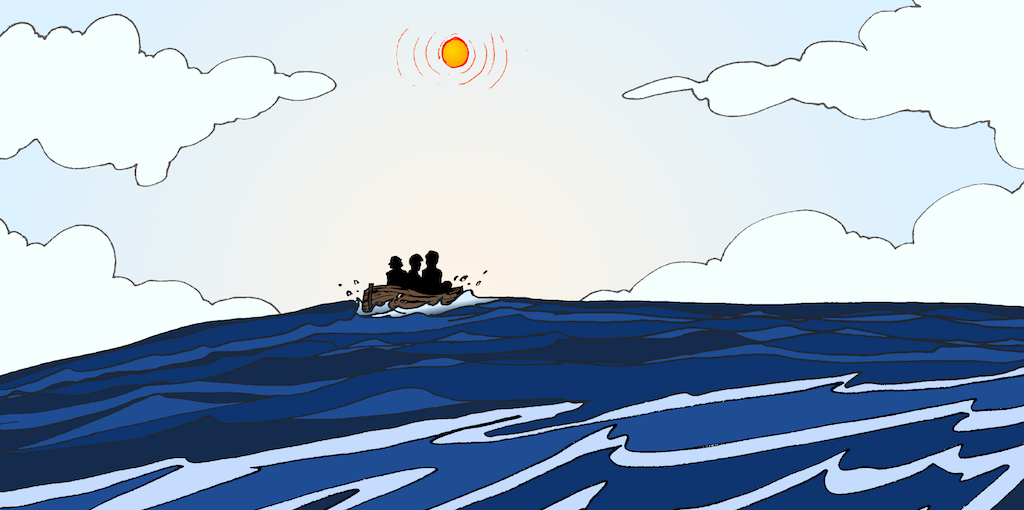

3. What is life?
3.4. Why is water so important for life as we know it?
 ← Astrobiology Learning Progressions Table of Contents
← Astrobiology Learning Progressions Table of Contents
Storyline Extensions
Water is so cool!
The range of temperatures at which water stays liquid is rather large compared to most other common solvents. For instance, at sea level methane freezes at -182 Celsius © and boils at -162 C (a range of 21 C) and ammonia freezes at -78 C and boils at -34 C (a range of 44 C), meanwhile water freezes at 0 C and boils at 100 C (a range of 100 C). This means that the range of temperatures where water is liquid is more than twice that of ammonia and almost five times more than that of methane.
Water has a high surface tension. This means that that the molecules at the surface of a body of water are attracted to each other and hold each other together. You can see this yourself by filling a glass with water to the very tippy top and then seeing how many more drops of water you can get into it. You’ll be surprised to find that you can actually get a good bit more water into the glass! The high surface tension of water is also why some insects, like water striders, are able to move around on top of water without sinking into it. It also is related to something called “capillary action”, which is used by many plants to draw water up from the ground against gravity.
It’s actually really rare for a solvent to be more dense as a liquid than as a solid. We know of other elements and molecules that are more dense as liquids, but it’s far more common for the solid form of a substance to be more dense.
[note: this is fairly advanced] Oxygen is a member of the group of elements known as the “oxygen family” (also sometimes called the chalcogens). These are the elements in the periodic table that are in group 16 (the vertical column starting with oxygen and going down). They include oxygen (O), sulfur (S), selenium (Se), tellurium (Te), and polonium (Po). All of these elements can form bonds with two hydrogen atoms. However, none of the other chalcogens come close to oxygen in its large range of temperatures where it is a liquid. This is because oxygen is much more electronegative (much greedier for electrons) and makes a far more polar molecule than the others. This greater polarity leads to stronger hydrogen bonding and the greater range of temperatures for liquid water.



Comments